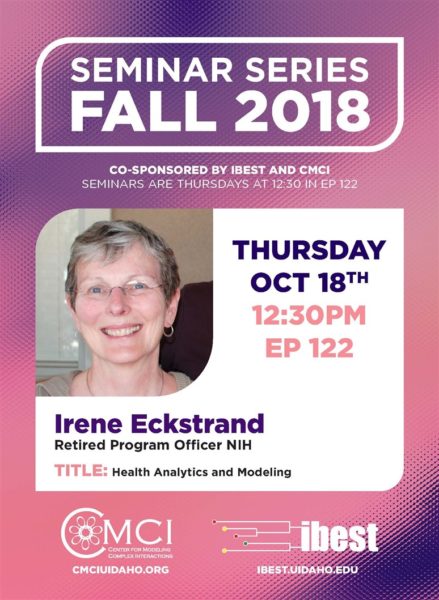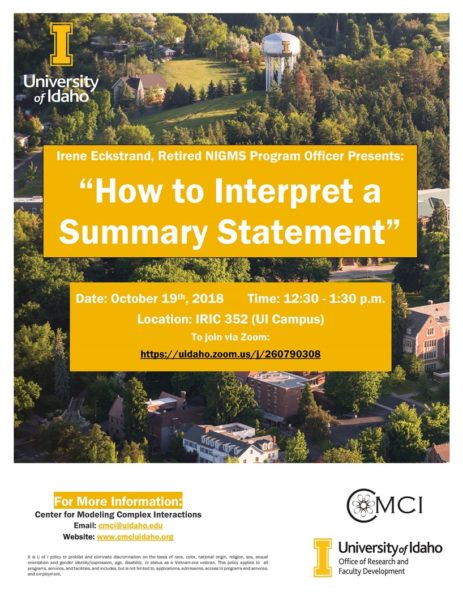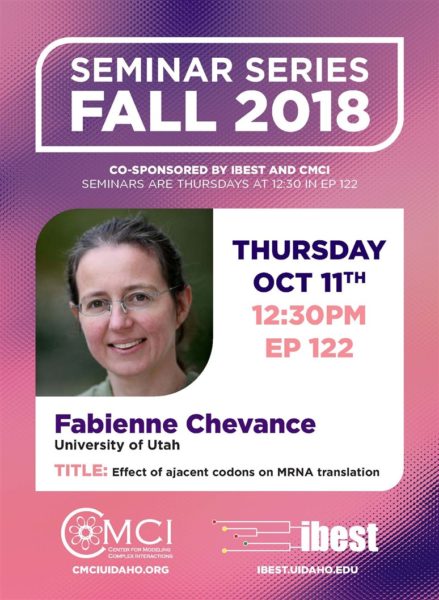We have a new MAG!
Project Team: Ryan Long (PI), Nicole Bilodeau, Aniruddha Belsare
Start Date: October 1, 2018
The models developed during this MAG project will be used to develop a better understanding of pneumonia dynamics in bighorn sheep populations and guide further research questions. The long-term goal of our work is to support the Idaho Department of Fish and Game in developing locale-specific disease management strategies for bighorn sheep populations. We will use the results of our model to develop and support a new NSF-EEID proposal to be submitted in November 2019.
Pneumonia in bighorn sheep (Ovis canadensis) is a multifactorial, microbiologically complex disease that poses a significant threat to populations of bighorn sheep throughout their range. Recurrent spillover events and prolonged persistence of pathogens in bighorn sheep populations have contributed to numerous die-offs in the lower 48 states. The bacterium, Mycoplasma ovipneumoniae, has been shown to be a primary agent necessary for initiating epizootics. Though M. ovipneumoniae does not act alone, it is the first species to invade the lungs and predispose sheep to polymicrobial pneumonia.
M. ovipneumoniae is commonly carried by domestic sheep and goats, and strain typing data support the occurrence of recurrent spillover of M. ovipneumoniae from domestic small ruminants into bighorn sheep populations. Typically, affected bighorn sheep herds have an all-age die-off with 15-100% mortality. Following such all-age die-offs, some of the infected adults remain a persistent source of M. ovipneumoniae (asymptomatic carriage; Besser et al. 2013). These ‘carriers’ underpin the persistence of the disease in bighorn sheep populations and its population-limiting effect. Carriers primarily transmit the pathogen to naïve lambs and are responsible for low lamb survival to weaning for several years following die-offs (Cassirer et al.2013; Manlove et al. 2016). However, pathogen transmission risk is not constant across all infected hosts – Manlove et al. (2017) show that the transmission risk is much higher from infected dams than from dry ewes and yearlings.
Bighorn pneumonia represents a highly complex and heterogenous disease system. Furthermore, the uncertainties associated with our understanding of this system contribute to conflict among wildlife and livestock stakeholders over land use and management practices. This is particularly relevant because current disease management strategies mainly focus on reducing spillover from domestic sheep and goats.
One of the main purposes of this modeling work is to provide a decision-making context for effective management of pneumonia in wild populations of bighorn sheep. For example, we hope to answer questions such as: i) How would varying group dynamics and levels of connectivity among populations influence disease transmission?; ii) How can the landscape be modified to reduce the risk of disease transmission?; iii) How do varying levels of home-range fidelity change population dynamics?; iv) How do various levels of behavioral plasticity influence the ability of bighorn to utilize the nutritional landscape optimally?; v) Can ‘superspreaders’ explain the observed patterns of disease in bighorn sheep populations?; vi) How will climate change affect use of the landscape by bighorn?




